Curious Questions: Do the disguises of hoverflies really keep them safe from predators?
Hoverflies mimic bees, wasps and all manner of other insects in order to put off predators — but does their subterfuge really work? Simon Morton finds out.
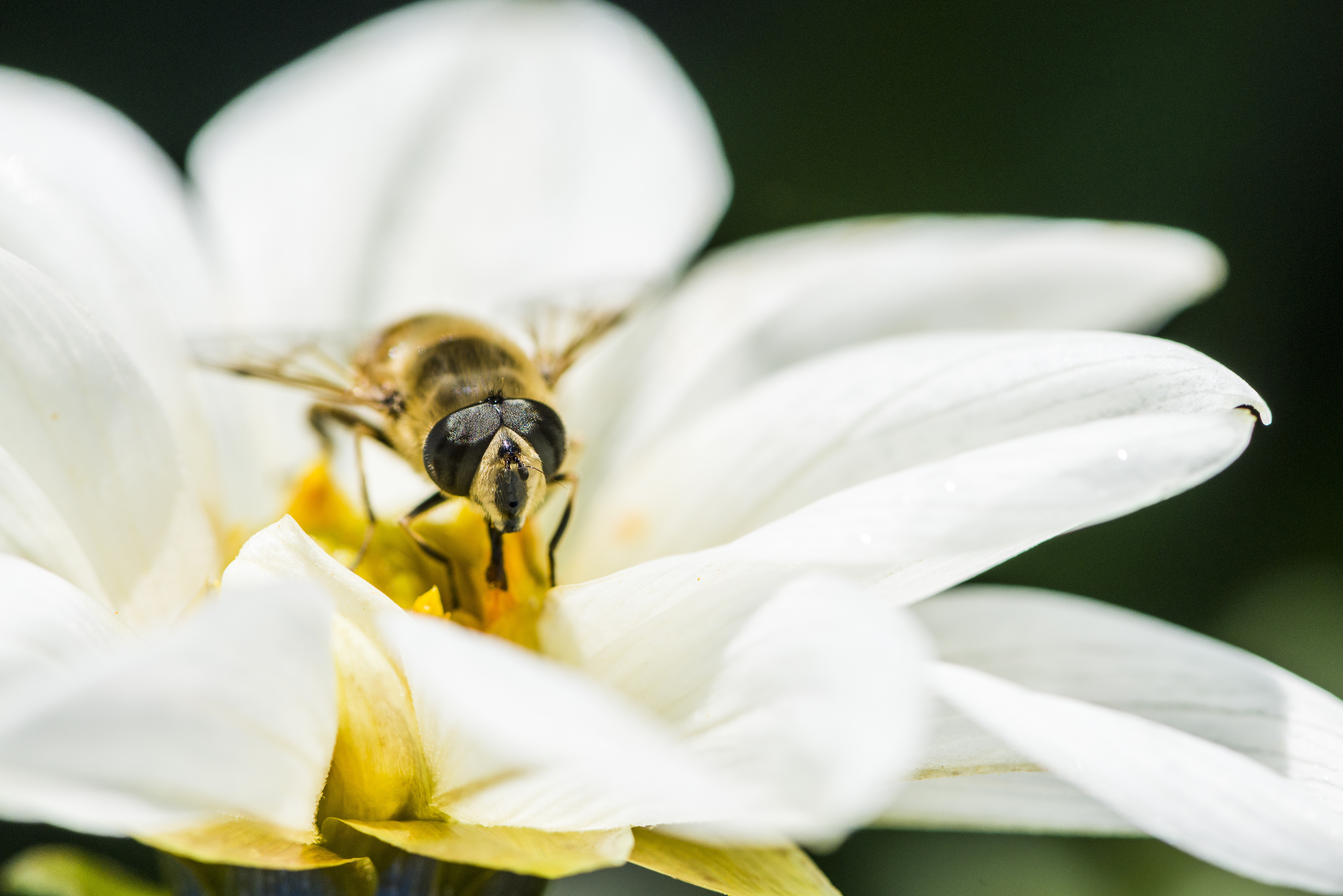

Out in the gardens of Britain at the moment you’ll see dozens of bees, wasps — and hoverflies, those curious, stingless little fellows who pretend to be one or the other with their black and yellow outfits.
As it happens, black and yellow is just one of their many liveries. This is an astonishingly varied beast with 276 different species in Britain alone, and around 6,000 more known across the world. They’re arguably the most colourful and varied tribe to take to the air — even more so than butterflies (56 members), ladybirds (46), dragonflies (30) and damselflies (16), all of which flaunt their identities.
What they’re most famous for, however, is their mimicry of their stinging cousins. And while the difference between bee, wasp and hoverfly is almost immediately obvious to the human eye, there is absolutely no doubt that their disguise helps enormously in keeping them safe from predators.
With not a sting or a bite between them, hoverflies pretend to be honeybees, bumblebees, blowflies or wasps as they work wildflowers and borders or invade greenhouses (in America, they are known as flowerflies).
Active from March to November, they sup nectar, pollen and honeydew, performing as much pollination as their better-known counterparts, although some feed on aphids and dead insects. An opportunistic bird or spider might take rare advantage — one researcher’s tame flycatcher was seen to rub the stings off bees, but take no such precaution with bee-like hoverflies — but fungal infection is their principal enemy.
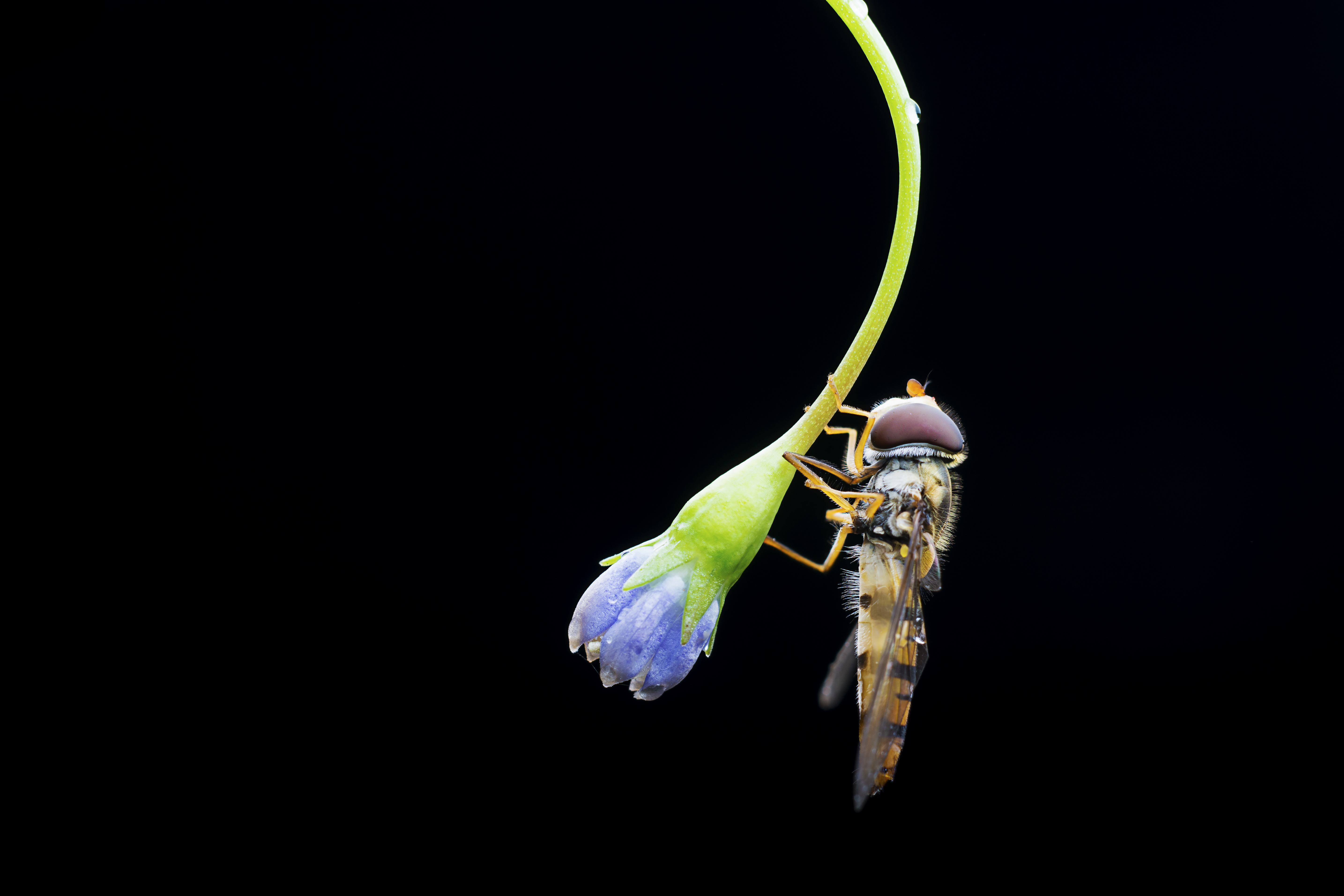
They’re far from alone in this cleverness. Mimicry in Nature has been well documented, some of which are bewilderingly cunning. There are female fireflies which imitate the mating signals of another species to attract males, which they then eat; the chameleon vine adapts the colour and shape of its leaves to simulate those of its host plant, and thus avoid herbivores; and then there are the fungi which mimic the odour of rotting carrion, thus attracting flies that will disseminate their spores.
There are actually different categories of mimicry bearing the names of the men who classified them. Browerian involves the same species: some caterpillars of the monarch butterfly eat a toxic variety of milkweed and themselves become toxic, so deterring predators from taking others from non-toxic plants. Mullerian involves two species imitating their warning characteristics to mutual advantage, as practised by some ladybirds.
Sign up for the Country Life Newsletter
Exquisite houses, the beauty of Nature, and how to get the most from your life, straight to your inbox.
But the big one is Batesian defensive mimicry, whereby vulnerable species take on the appearance of others that predators know to be dangerous. This is the trick pulled off by hoverflies, and is named after Henry Walter Bates (1825–92), one of those redoubtable Victorians who explored the secrets of regions unknown.
Bates spent 15 years documenting insects in the Amazon, determining, among other things, that some butterflies adopted the appearance of unrelated species for their own protection. He delivered his theory to the Linnean Society in London in 1861 and published a paper that established his name and legacy. He deserves to be better remembered.
Country Life is unlike any other magazine: the only glossy weekly on the newsstand and the only magazine that has been guest-edited by HRH The King not once, but twice. It is a celebration of modern rural life and all its diverse joys and pleasures — that was first published in Queen Victoria's Diamond Jubilee year. Our eclectic mixture of witty and informative content — from the most up-to-date property news and commentary and a coveted glimpse inside some of the UK's best houses and gardens, to gardening, the arts and interior design, written by experts in their field — still cannot be found in print or online, anywhere else.
-
 Some of the finest landscapes in the North of England with a 12-bedroom home attached
Some of the finest landscapes in the North of England with a 12-bedroom home attachedUpper House in Derbyshire shows why the Kinder landscape was worth fighting for.
By James Fisher
-
 John Sutcliffe — The man, the myth and the paint-naming legend behind Dead Salmon and Elephant's Breath
John Sutcliffe — The man, the myth and the paint-naming legend behind Dead Salmon and Elephant's BreathBy Carla Passino
-
 Curious Questions: Will the real Welsh daffodil please stand up
Curious Questions: Will the real Welsh daffodil please stand upFor generations, patriotic Welshmen and women have pinned a daffodil to their lapels to celebrate St David’s Day, says David Jones, but most are unaware that there is a separate species unique to the country.
By Country Life
-
 Nobody has ever been able to figure out just how long Britain's coastline is. Here's why.
Nobody has ever been able to figure out just how long Britain's coastline is. Here's why.Welcome to the Coastline Paradox, where trying to find an accurate answer is more of a hindrance than a help.
By Martin Fone
-
 Curious questions: how an underground pond from the last Ice Age almost stopped the Blackwall Tunnel from being built
Curious questions: how an underground pond from the last Ice Age almost stopped the Blackwall Tunnel from being builtYou might think a pond is just a pond. You would be incorrect. Martin Fone tells us the fascinating story of pingo and dew ponds.
By Martin Fone
-
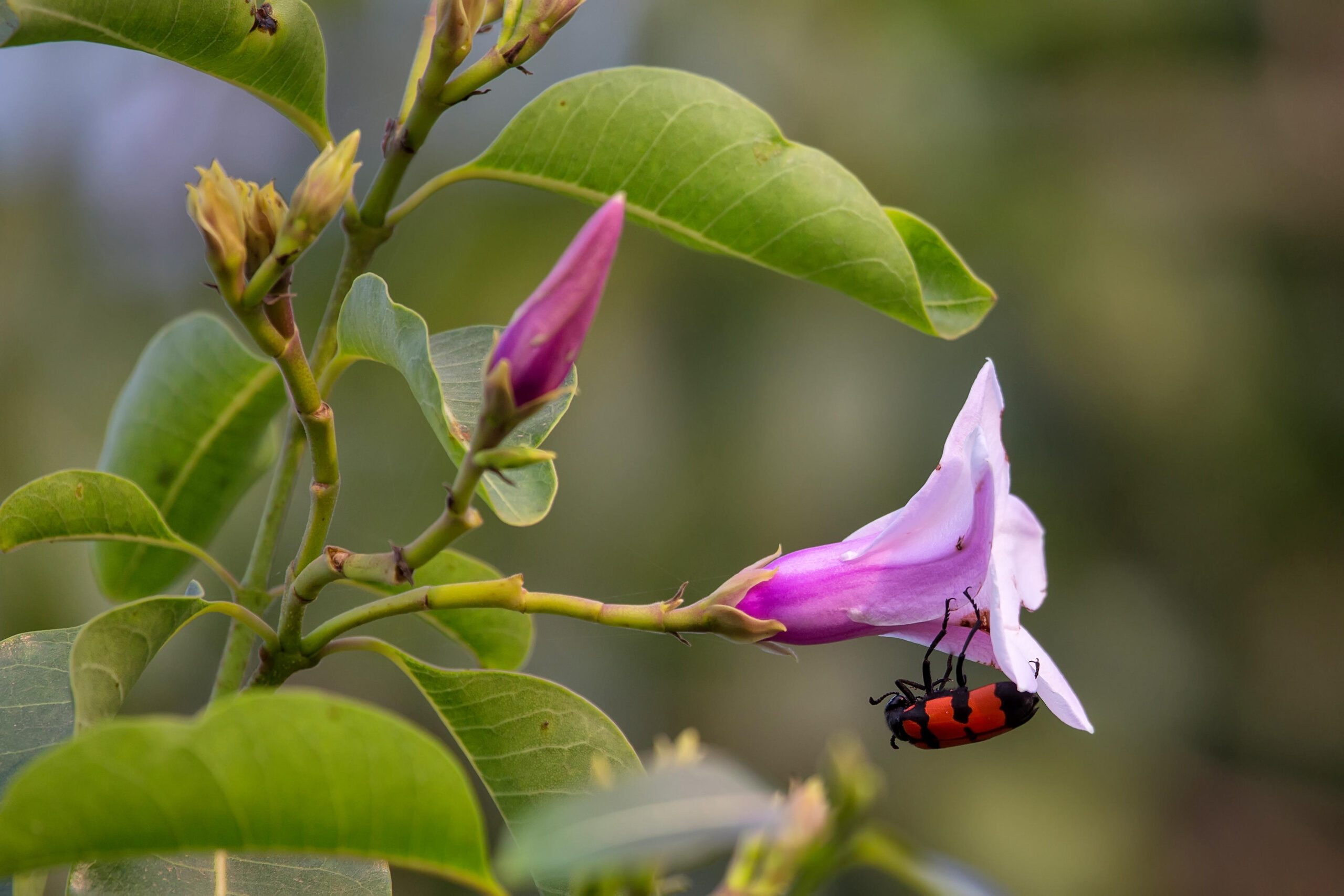 Curious Questions: What's in a (scientific) name? From Parastratiosphecomyia stratiosphecomyioides to Myxococcus llanfair pwll gwyn gyll go gery chwyrn drobwll llan tysilio gogo goch ensis, and everything in between
Curious Questions: What's in a (scientific) name? From Parastratiosphecomyia stratiosphecomyioides to Myxococcus llanfair pwll gwyn gyll go gery chwyrn drobwll llan tysilio gogo goch ensis, and everything in betweenScientific names are baffling to the layman, but carry all sorts of meanings to those who coin each new term. Martin Fone explains.
By Martin Fone
-
 Curious Questions: How did a scrotum joke confuse paleontologists for generations?
Curious Questions: How did a scrotum joke confuse paleontologists for generations?One of the earliest depictions of a fossil prompted a joke — or perhaps a misunderstanding — which coloured the view of dinosaur fossils for years. Martin Fone tells the tale of 'scrotum humanum'.
By Martin Fone
-
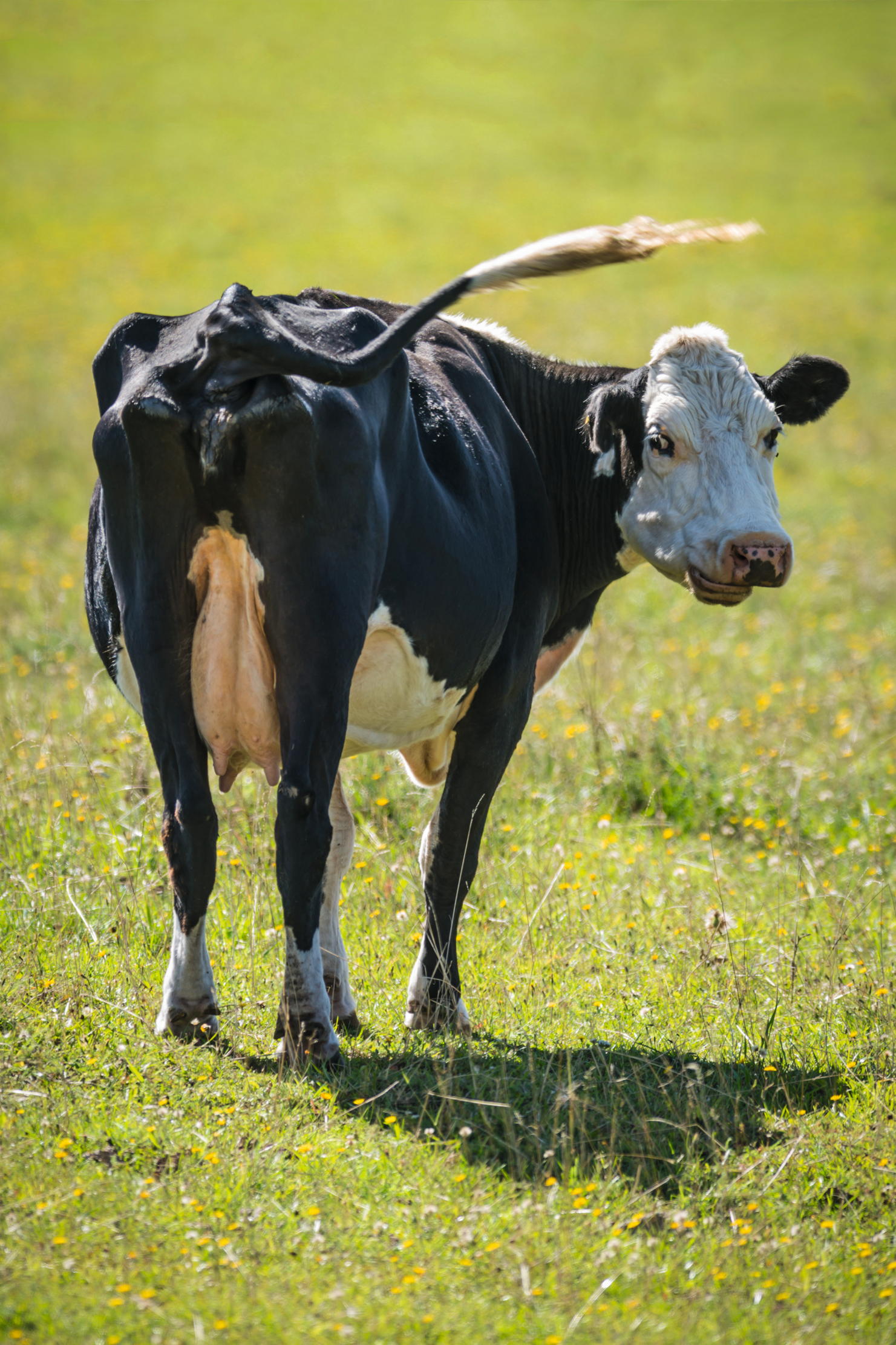 Curious Questions: Why do so many animals have bright white bottoms?
Curious Questions: Why do so many animals have bright white bottoms?Why do so many animals have such obviously flashy appendages, asks Laura Parker, as she examines scuts, rumps and rears.
By Laura Parker
-
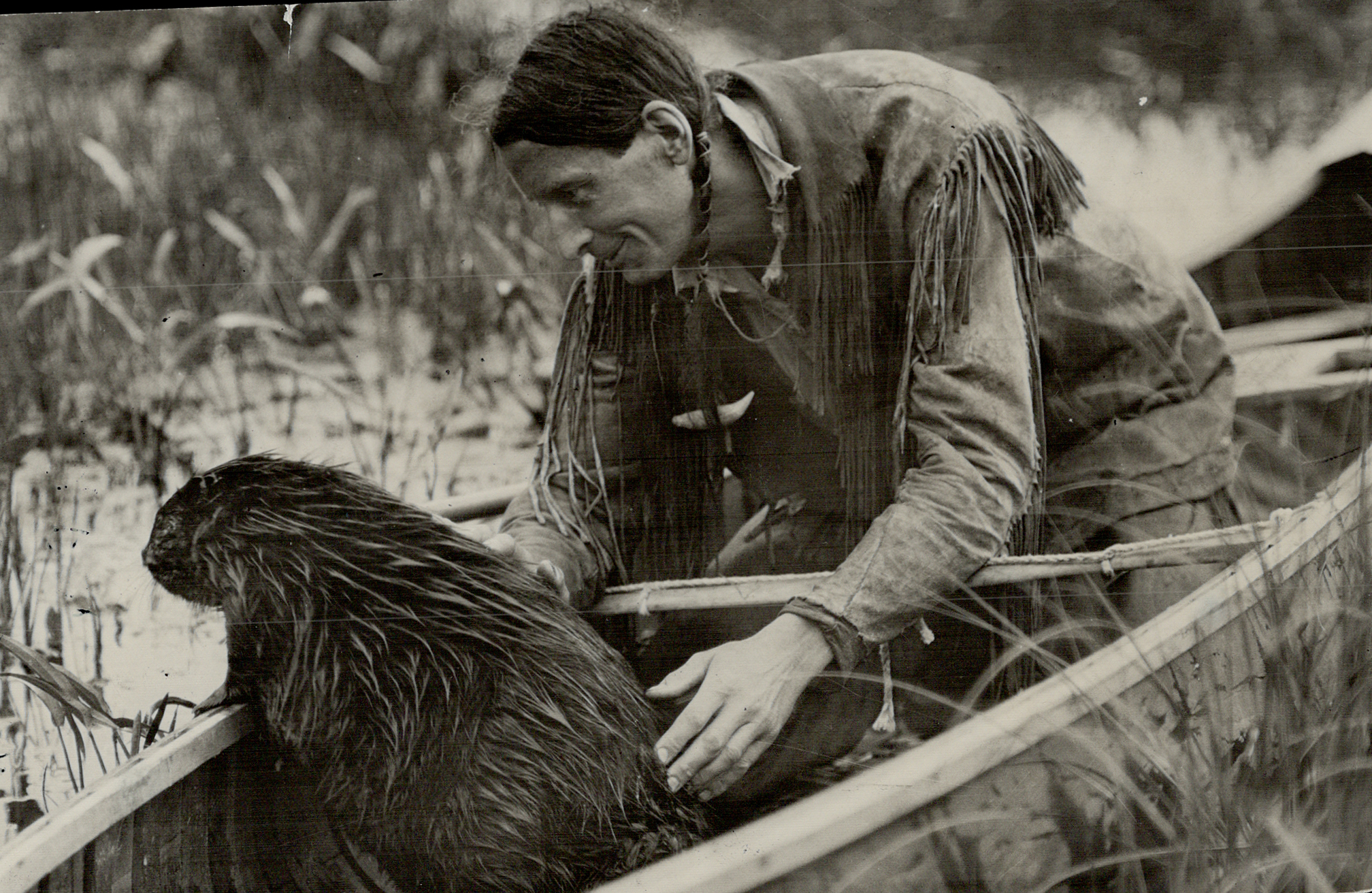 The 1930s eco-warrior who inspired David Attenborough and The Queen, only to be unmasked as a hoaxer and 'pretendian' — but his message still rings true
The 1930s eco-warrior who inspired David Attenborough and The Queen, only to be unmasked as a hoaxer and 'pretendian' — but his message still rings trueMartin Fone tells the astonishing story of Grey Owl, who became a household name in the 1930s with his pioneering calls to action to save the environment — using a false identity to do so.
By Martin Fone
-
 Curious Questions: Why do all of Britain's dolphins and whales belong to the King?
Curious Questions: Why do all of Britain's dolphins and whales belong to the King?More species of whale, dolphin and porpoise can be spotted in the UK than anywhere else in northern Europe and all of them, technically, belong to the Monarch. Ben Lerwill takes a look at one of our more obscure laws and why the animals have such an important role to play in the fight against climate change.
By Ben Lerwill